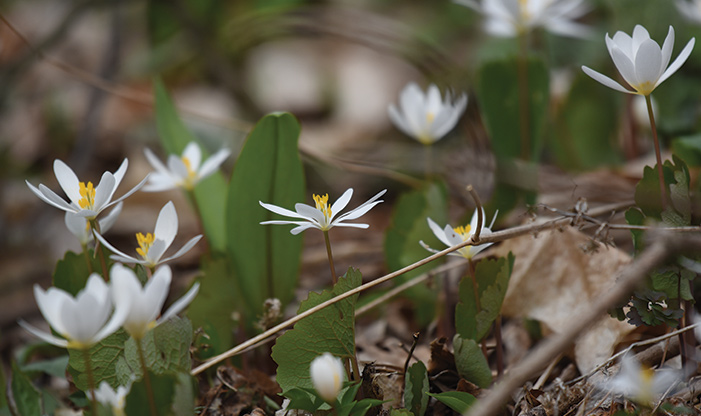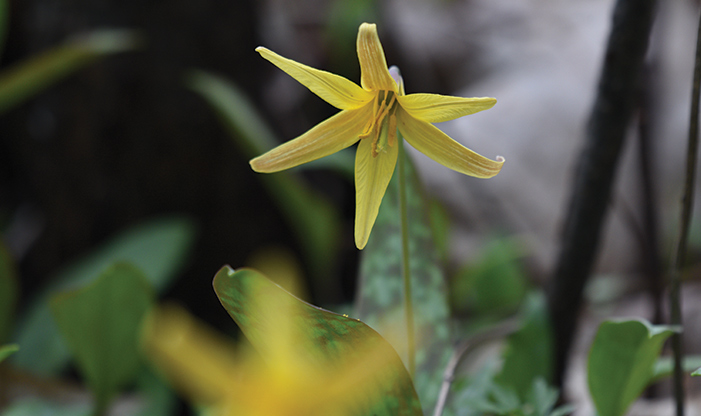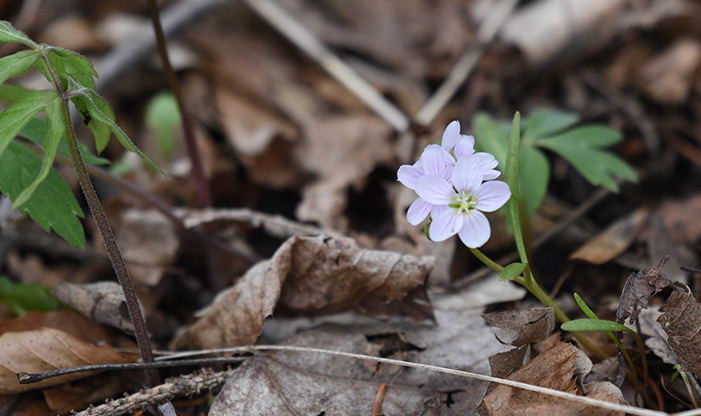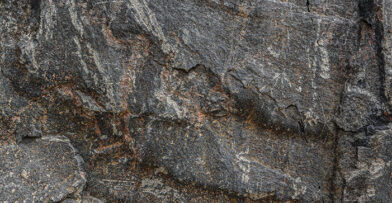When one asks people what their favorite thing is in nature, the two most popular responses are birds and wildflowers. If you ask the plant people which wildflowers, the answer is often spring ephemerals.

Blood Root
The word ephemeral is defined as “the concept of things being transitory, existing only briefly.” It came from the Greek word ephemeros, “lasting only one day.” There is an extensive list of plants that people call ephemeral, but botanists reserve the term for plants with a very specific, but peculiar behavior. After appearing in spring, they die back before the prime growing season of summer, when most plants take advantage of the warmest, sunniest, and longest days of the year.
Carpets of Color
If you have ever witnessed an unspoiled prairie or woodland in May you will always remember it. Color literally carpets the ground. Most of the flowers of the forest at this time belong to this distinguished group. Ephemerals pour all their growth energy into two brief periods when light is available at the ground level during the growing season. The queen of shade trees, the sugar maple, dominates these periods. They happen before the trees bud out or after they drop their leaves. By growing at these times, ephemerals gain an advantage over plants that create deficits during the shady months. Thus, they bear testimony of their intimate connection to the dominant plants that has developed over many millennia.
Ephemerals at the Center
Our Center is blessed with some high quality sites. These occur where both the soil and the vegetational cover have maintained their integrity through many decades of human disturbance. Closest to our building are the bluff edges to the south between the building and the tower, and also alongside the road down to the terrace. Here you can find Virginia Bluebells, Dutchman’s Breeches, Spring Beauty, Cut-leaved Toothwort, Wild Leek, False Rue Anemone, White Trout-lily, Yellow Trout-lily, and Annual Bedstraw.

Yellow Trout Lily
Surprisingly these nine species are not related, belonging to seven different plant families. This illustrates the strong advantage for all plants to evolve anatomically and physiologically to become better at doing what plants do best – to grow. If they do this better than other plants in the area they can survive there. This type of change is called “convergent evolution,” the name suggesting that unlike species become more alike over time.
You will never regret building a closer relationship with nature. To quote Wordsworth, “Nature never did betray the heart that loved her.”


